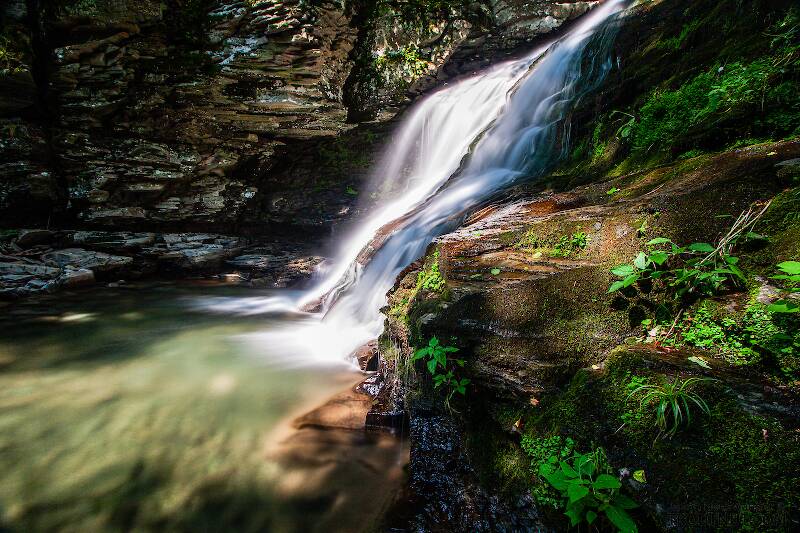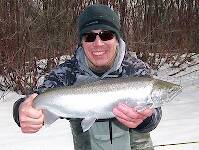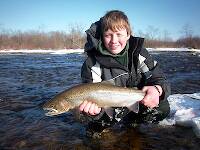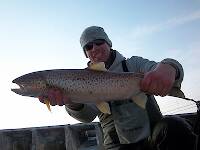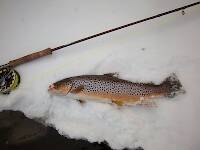
Salmonflies
Pteronarcys californica
The giant Salmonflies of the Western mountains are legendary for their proclivity to elicit consistent dry-fly action and ferocious strikes.
Featured on the forum

Troutnut is a project started in 2003 by salmonid ecologist Jason "Troutnut" Neuswanger to help anglers and
fly tyers unabashedly embrace the entomological side of the sport. Learn more about Troutnut or
support the project for an enhanced experience here.
Unsinkable1
Posts: 3
Posts: 3
Unsinkable1 on Nov 9, 2018November 9th, 2018, 7:11 am EST
Ever get tired of purchasing wing material? If you are like me, do you find that the package always seems to contain a limited amount of material and the color as well as structure is often not exactly what you want? But what if you could make wing material at a fraction of the cost, in the color and structure you want, that floats and is as tough as nails. Making this kind of wing material is a fairly simple process. To start you need the following items:
1. A pressing table
2. Iron (Hobby or regular pressing iron)
3. Scissors
4. Heat-n-Bond (which in a polypropylene or polyethylene product)
5. Netting or Polypropylene (PP) Hair
6. Polyethylene foam sheeting
7. Alcohol ink for additional coloring
8. Teflon Pressing Pad
To see samples and step by step procedures follow this link https://unsinkableflies.blogspot.com/2012/02/making-fly-wing-material-fly-tying.html
1. A pressing table
2. Iron (Hobby or regular pressing iron)
3. Scissors
4. Heat-n-Bond (which in a polypropylene or polyethylene product)
5. Netting or Polypropylene (PP) Hair
6. Polyethylene foam sheeting
7. Alcohol ink for additional coloring
8. Teflon Pressing Pad
To see samples and step by step procedures follow this link https://unsinkableflies.blogspot.com/2012/02/making-fly-wing-material-fly-tying.html
Quick Reply
Related Discussions
Topic
Replies
Last Reply
4
Jun 5, 2007
by Wiflyfisher
by Wiflyfisher
0
Sep 7, 2013
by Balkanboy
by Balkanboy
14
Dec 14, 2018
by Iasgair
by Iasgair

